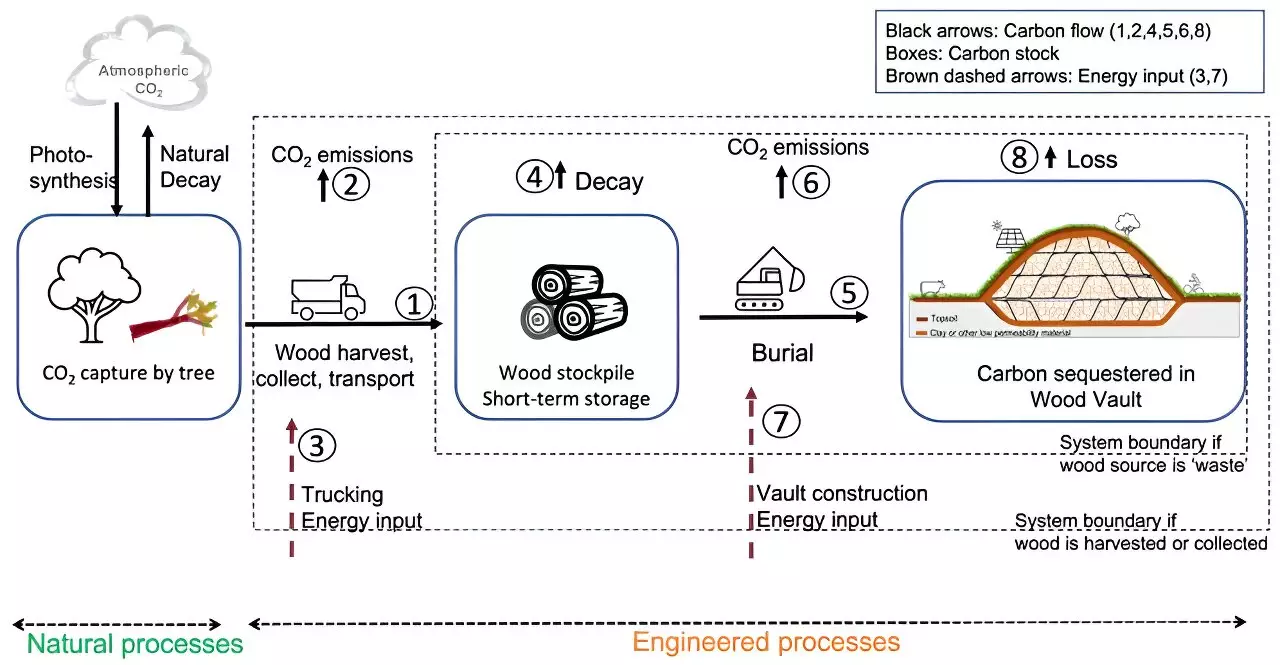In the face of escalating climate change, the pressing dilemma of greenhouse gas emissions has captivated the attention of scientists and policymakers alike. With carbon dioxide (CO2) being a primary contributor to global warming, there is a relentless search for cost-effective methods of removing excess carbon from our atmosphere. A recent study conducted by a multidisciplinary team at the University of Maryland in collaboration with Canadian agricultural researchers presents a promising and economical solution: the burial of biomass.
Carbon sequestration is a natural or artificial process that captures and stores atmospheric CO2. While various strategies have been proposed, many existing solutions are financially prohibitive for widespread adoption. The innovative research from Maryland suggests that a significantly lower-cost alternative lies in the simple act of burying organic materials, such as plant biomass. Unlike conventional carbon capture methods, which can incur expenses ranging from $100 to $300 per ton of carbon, this new approach offers a more economical option, estimated to cost between $30 and $100 per ton.
The researchers anchored their methodology in a compelling piece of evidence – a log that had been naturally buried under clay in Canada for approximately 3,775 years. This discovery not only underscores the feasibility of their approach but also highlights the long-term effectiveness of biomass burial in combating atmospheric carbon accumulation. The log, remarkably preserved by the clay, was found to retain 95% of the carbon it had absorbed during its lifecycle. This extraordinary finding bolsters the argument for employing burial as a viable method for carbon sequestration.
Given the ubiquity of clay-rich soils across the globe, the potential scalability of this method makes it particularly appealing. By burying logs and other forms of biomass, the research team posits that we could sequester as much as 10 gigatons of carbon annually. This prospect not only yields significant environmental benefits but also aligns with sustainability goals that require implementing cost-effective climate solutions. However, practical considerations must be addressed, such as the logistics of collecting, transporting, and burying biomass in various geographic contexts.
As the urgency for action against climate change grows, innovative strategies like biomass burial represent a glimmer of hope in the battle against carbon emissions. While the study indicates an economically viable path forward, further research, policy support, and public awareness will be crucial in realizing this approach’s full potential. By rethinking how we manage organic waste and utilizing the natural processes of our environment, a sustainable pathway emerges, enabling us to combat climate change while fostering a greener future. The findings of this research could pave the way for a new era in carbon management, demonstrating that sometimes simple solutions can have profound impacts.


Leave a Reply